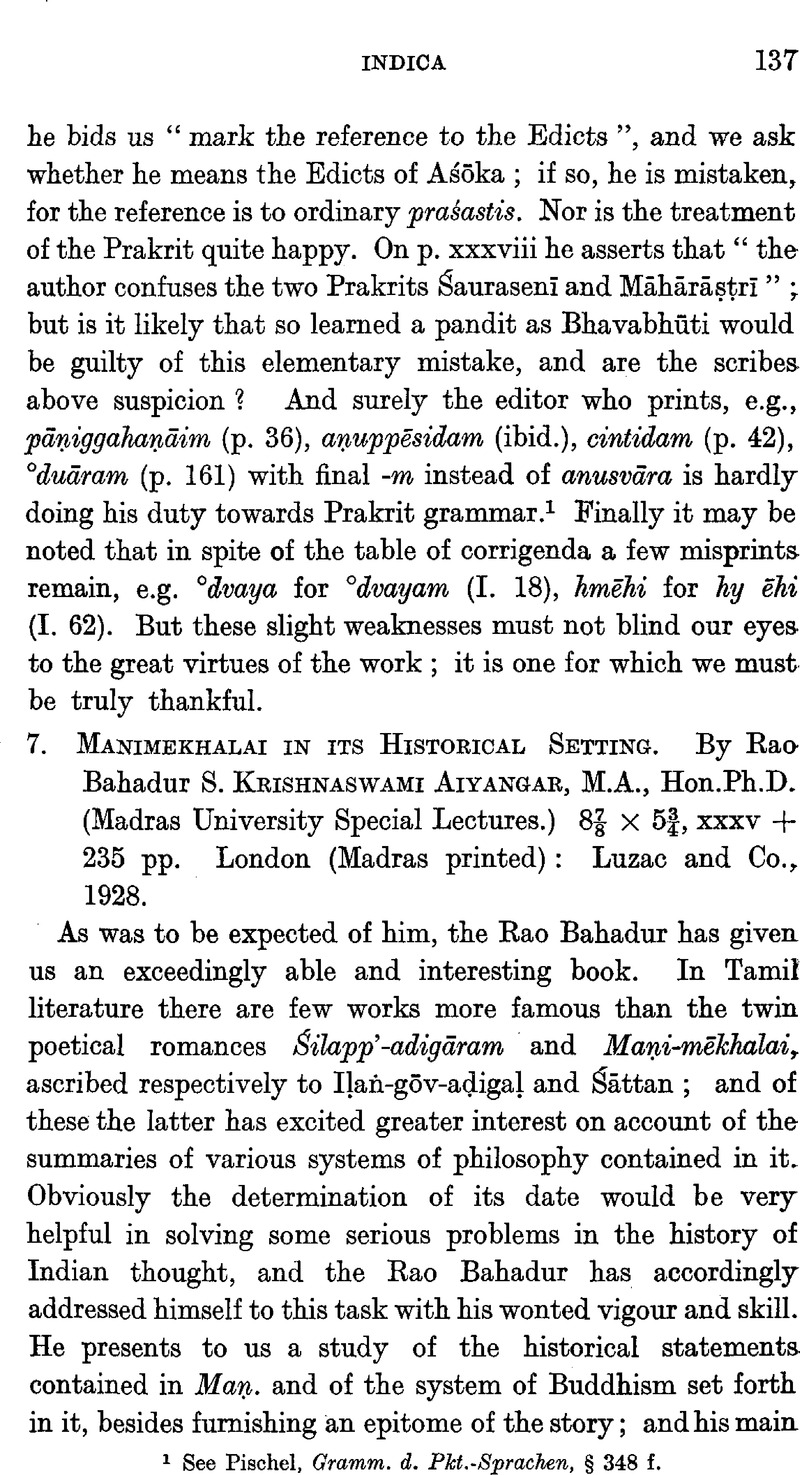No CrossRef data available.
Published online by Cambridge University Press: 15 March 2011

page 137 note 1 See Piaohel, Gramm. d. Pkt.-Sprachen, § 348 f.
page 137 note 1 There is a trace of this expansion of the Kadambaa in the colophon of Buddhadatta's Vinaya-vinicchaya, which was written at Bhūtamangalam, on the river Kāvērī, in the Cola country (Cola-raṭṭha), under the rule of Acouta-vikkanta (i.e. Acyuta-vikrānta, or Acyuta-vikrama), a scion of the Kalambha race, Kalambha-Kula-nandana. This must have been in the fifth or sixth century.